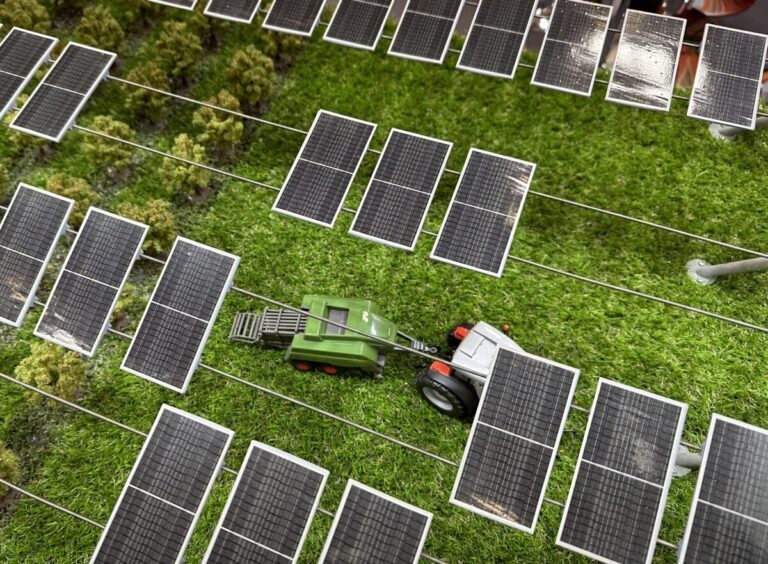The US Department of Energy (DOE) today announced a commitment from over 90 companies and organizations to reduce their carbon emissions by 50% by 2030 through DOE’s Better Climate Challenge.
The Better Climate Challenge builds on over a decade of experience working with partners to set portfolio wide goals and to address barriers to greater energy efficiency though the Better Buildings Initiative. In that initiative, more than 950 organizations work with DOE, and have shared more than 3000 innovative approaches and strategies for accelerating the adoption of energy efficient technologies and practices.
Both the Building Better Initiative and Better Climate Challenge start with the urgency of the climate crisis. “This moment demands action,” said US Secretary of Energy Jennifer M. Granholm. This challenge is aiming to unleash collective solutions from inaugural partners in the including IKEA, Hilton, Harley-Davidson, the Cleveland Clinic, the State of Maryland, among others.
Over the last decade the DOE has depended on public-private partnerships as part of the Better Buildings Initiative. What they are partnering with the DOE on in the Better Climate Challenge is to cut greenhouse gas emissions and to share the details and data to show how they did it. This includes heating and ventilation, cooling, lighting for buildings, cars and trucks in fleets, the electricity, and more.
DOE brings technical and marketing expertise and will convene peer-to-peer exchanges to facilitate solution sharing across their facilities and fleets. By understanding what works and what doesn’t will help illuminate pathways for emissions reduction that other organizations can follow. If all organizations in the commercial, public, and industrial sectors reduced their US greenhouse gas emissions by 50%, it would save nearly 1.5 billion metric tons of CO2e annually, more than the emissions from every home in the country.
“Companies across America are joining arms to lead the zero-carbon transition through smart, strategic climate solutions that slash building and factory emissions and significantly cut costs,” said Granholm.
In addition to cutting carbon, the Challenge is about supporting communities that are greatly affected by climate change while often not reaping the benefits of clean energy.
“We have a tremendous opportunity to deliver climate justice to disadvantaged communities, lower energy expenses in affordable housing, and accelerate mitigation efforts to protect at-risk communities from natural disasters and the impacts of climate change,” said US Secretary of Housing and Urban Development Marcia L. Fudge. Of the organizations stepping up to this challenge, seven are public housing and multifamily partners, representing what Secretary Fudge called “a bright future for more than 40,000 families”.
These partnerships are key to reaching President Biden’s goal of a net-zero emissions economy by 2050 through an equitable clean energy transition.
This content is protected by copyright and may not be reused. If you want to cooperate with us and would like to reuse some of our content, please contact: editors@pv-magazine.com.









By submitting this form you agree to pv magazine using your data for the purposes of publishing your comment.
Your personal data will only be disclosed or otherwise transmitted to third parties for the purposes of spam filtering or if this is necessary for technical maintenance of the website. Any other transfer to third parties will not take place unless this is justified on the basis of applicable data protection regulations or if pv magazine is legally obliged to do so.
You may revoke this consent at any time with effect for the future, in which case your personal data will be deleted immediately. Otherwise, your data will be deleted if pv magazine has processed your request or the purpose of data storage is fulfilled.
Further information on data privacy can be found in our Data Protection Policy.